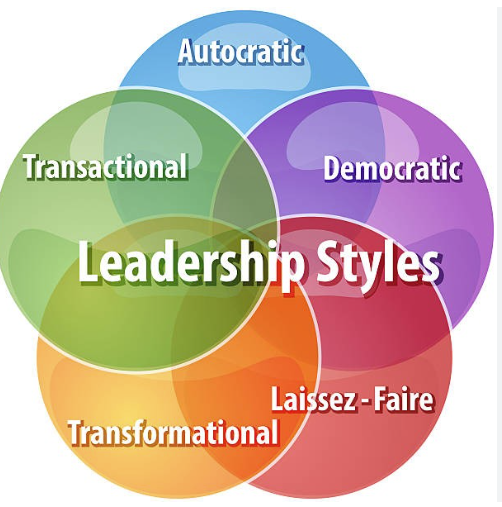
When I teach leadership skills, regardless of the leader’s skill level, I begin the class with an overview of leadership styles. Because the business and organizational landscape is always changing, understanding various leadership styles helps improve team management and enhances communication. So, whether you are a business owner or a manager. Whether you have one employee, or fifty – it is important to revisit the different types of leadership styles to identify, or re-identify, your strengths and your opportunities.
- Transformational Leadership: These leaders are visionaries who inspire and motivate their teams to achieve extraordinary results. These leaders focus on the future, they embrace change, and they foster a culture of innovation and growth. Think Steve Jobs.
- Democratic Leadership: These leaders emphasize collaboration and cooperation. They value team input and involve them in the decision-making process. This approach fosters a sense of ownership and engagement among the team and helps create an inclusive work environment. Think Richard Branson.
- Servant Leadership: These leaders prioritize the needs of their team members over their own, focusing on supporting their team’s growth. This approach emphasizes ethical decision-making and fostering an environment where creativity and problem-solving thrive. Think Nelson Mandela.
- Situational Leadership: These leaders adapt their style to the specific needs of their team or individual team members. This flexibility requires the leader to know the capability of their team and adjust their support accordingly. It is a great approach where a one-size-fits-all leadership style doesn’t work. Think Alan Mulally (former Ford Motor Company CEO).
- Laissez-Faire Leadership: These leaders provide the necessary tools for their employees but offer significant autonomy to all employees. This hands-off approach is often found in creative industries and companies where innovation and independent thinking are crucial. Think Warren Buffett.
- Transactional Leadership: These leaders focus on clear structures and targets, well-defined roles, and a system of rewards and consequences. Typically, there are significant incentives in place to motivate performance. Think Jack Welch (former CEO of General Electric).
Effective leadership isn’t about following a single style, or even knowing the names of the styles. I believe effective leadership comes from being able to adapt to the needs of your team, your organization, and the circumstances. By understanding these differences, you can become self-aware of your go-to approach and make the necessary adjustments to enhance and adapt as needed.
Remember leadership style contributes shaping team performance, employee engagement and motivation, and your organizational culture. Further, statistics have shown that a leader’s style can impact up to 30% of a company’s bottom line profitability. How you ask? Employees will quit over a “bad” leader. Your turnover and attrition directly affect your profitability.
If you and your company want to explore leadership training or coaching in 2025 and plug those money leaks, give us a call. We have a full curriculum for aspiring, emerging, and experienced leaders. We love working with leaders, business owners, and managers to help them elevate their leadership skills.
